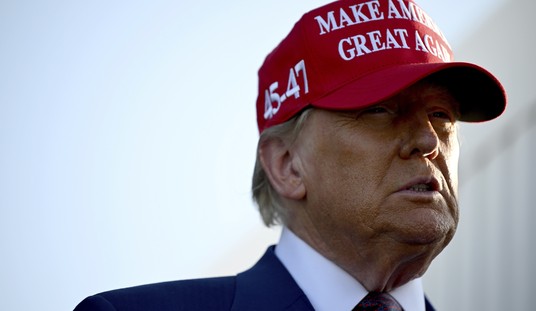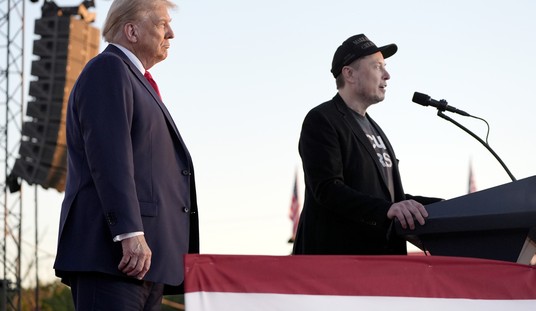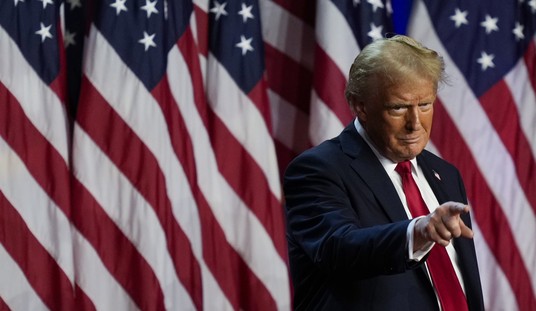The New York Times has an article out this morning currently titled Trump and Staff Rethink Tactics After Stumbles. I say “currently” because the original title was: “After 2 Weeks, Trump’s Bungles Have Aides Rethinking Strategy”:

Trump’s “bungles.” Mmmmm, that’s good journalisming! Here’s the opening:
President Trump loves to set the day’s narrative at dawn, but the deeper story of his White House is best told at night.
Aides confer in the dark because they cannot figure out how to operate the light switches in the cabinet room. Visitors conclude their meetings and then wander around, testing doorknobs until finding one that leads to an exit. In a darkened, mostly empty West Wing, Mr. Trump’s provocative chief strategist, Stephen K. Bannon, finishes another 16-hour day planning new lines of attack.
Usually around 6:30 p.m., or sometimes later, Mr. Trump retires upstairs to the residence to recharge, vent and intermittently use Twitter. With his wife, Melania, and young son, Barron, staying in New York, he is almost always by himself, sometimes in the protective presence of his imposing longtime aide and former security chief, Keith Schiller. When Mr. Trump is not watching television in his bathrobe or on his phone reaching out to old campaign hands and advisers, he will sometimes set off to explore the unfamiliar surroundings of his new home.
During his first two dizzying weeks in office, Mr. Trump, an outsider president working with a surprisingly small crew of no more than a half-dozen empowered aides with virtually no familiarity with the workings of the White House or federal government, sent shock waves at home and overseas with a succession of executive orders designed to fulfill campaign promises and taunt foreign leaders.
My own first reaction to this story was to conclude that the folks in the Obama administration were jerks for not showing the new folks how to operate the lights.
The second thing I noticed was that it is written by Glenn Thrush and Maggie Haberman. In case you have forgotten, let’s have a quick refresher on who they are. The short answer: two hacks who used to write for POLITICO.
Thrush is the fella who would email his stories to Hillary’s campaign in advance, saying: “No worries Because I have become a hack I will send u the whole section that pertains to u. Please don’t share or tell anyone. I did this Tell me if I f**ked up anything.” The same guy who said that Hillary’s private server was “deeply disturbing, possibly illegal but u know a teensy bit badass.”
Haberman is the reporter about whom the Hillary Clinton campaign said: “We have had her tee up stories for us before and never been disappointed. . . [W]e can . . . do the most shaping by going to Maggie.” She’s also the reporter who recently asked: “Other than San Bernardino shootings, has there been a terrorist attack involving a non-US-born attacker since 9/11?” (Her suggestion that there is no foreign terrorist problem is just a leetle bit off base.)
There was another “here’s a portrait of Donald Trump based on a bunch of unnamed sources” piece co-written by Haberman on November 6, 2016. It was titled Inside Donald Trump’s Last Stand: An Anxious Nominee Seeks Assurance. Remember that? I wrote about it here. It opened with stuff like this:
Donald J. Trump is not sleeping much these days. Aboard his gold-plated jumbo jet, the Republican nominee does not like to rest or be alone with his thoughts, insisting that aides stay up and keep talking to him. He prefers the soothing, whispery voice of his son-in-law. . . . He requires constant assurance that his candidacy is on track. “Look at that crowd!” . . . And he is struggling to suppress his bottomless need for attention.
The narrative of the article was that Trump was a despairing, beleaguered candidate, unable to come to terms with how badly he was about to lose.
Two days later, Donald Trump was elected President.
The thing about that piece was that many of the individual details rang true — and yet an objective observer came away with an overarching impression that The Times was trying to create a narrative: that of a loser.
And that’s how I feel about the piece published today. The piece struggles hard to portray Trump as a bungler, back on his heels, “cloistered” and defensive and . . . watching too much television.
The bungled rollout of his executive order barring immigrants from seven predominantly Muslim countries, a flurry of other miscues and embarrassments, and an approval rating lower than that of any comparable first-term president in the history of polling have Mr. Trump and his top staff rethinking an improvisational approach to governing that mirrors his chaotic presidential campaign, administration officials and Trump insiders said.
. . . .
Cloistered in the White House, he now has little access to his fans and supporters — an important source of feedback and validation — and feels increasingly pinched by the pressures of the job and the constant presence of protests, one of the reasons he was forced to scrap a planned trip to Milwaukee last week. For a sense of what is happening outside, he watches cable, both at night and during the day — too much in the eyes of some aides — often offering a bitter play-by-play of critics like CNN’s Don Lemon.
Does that ring true? Well, sure it does. Does anyone here really think that Donald Trump doesn’t watch a lot of TV?
Again, the facts may be mostly true, but there is a desperation here to set a narrative. And it’s a narrative people aren’t really buying, for the most part. Sure, Trump is a deeply, deeply flawed person. His statements about Vladimir Putin are jaw-droppingly irresponsible and provide propaganda for totalitarians. His obsession with his inauguration numbers and insistence on lying about them was a laughable if predictable distraction.
But there’s plenty to like. The executive order on immigration, while concededly poorly thought through and chaotically rolled out, is a fulfillment of an important campaign promise to keep our country safe. He has made an incredibly solid Supreme Court pick. Many of his cabinet picks have been encouraging. And he seems to be taking steps to rein in regulations, even if his manner in doing so has been ham-handed and ridiculous.
I’d wager that most people who were worried about him are unsurprised by the bad stuff that’s happened, and surprised by a lot of the good stuff that’s happened.
In other words, he’s not doing that bad. Unless you’re a partisan hack like Glenn Thrush or Maggie Haberman.














Join the conversation as a VIP Member